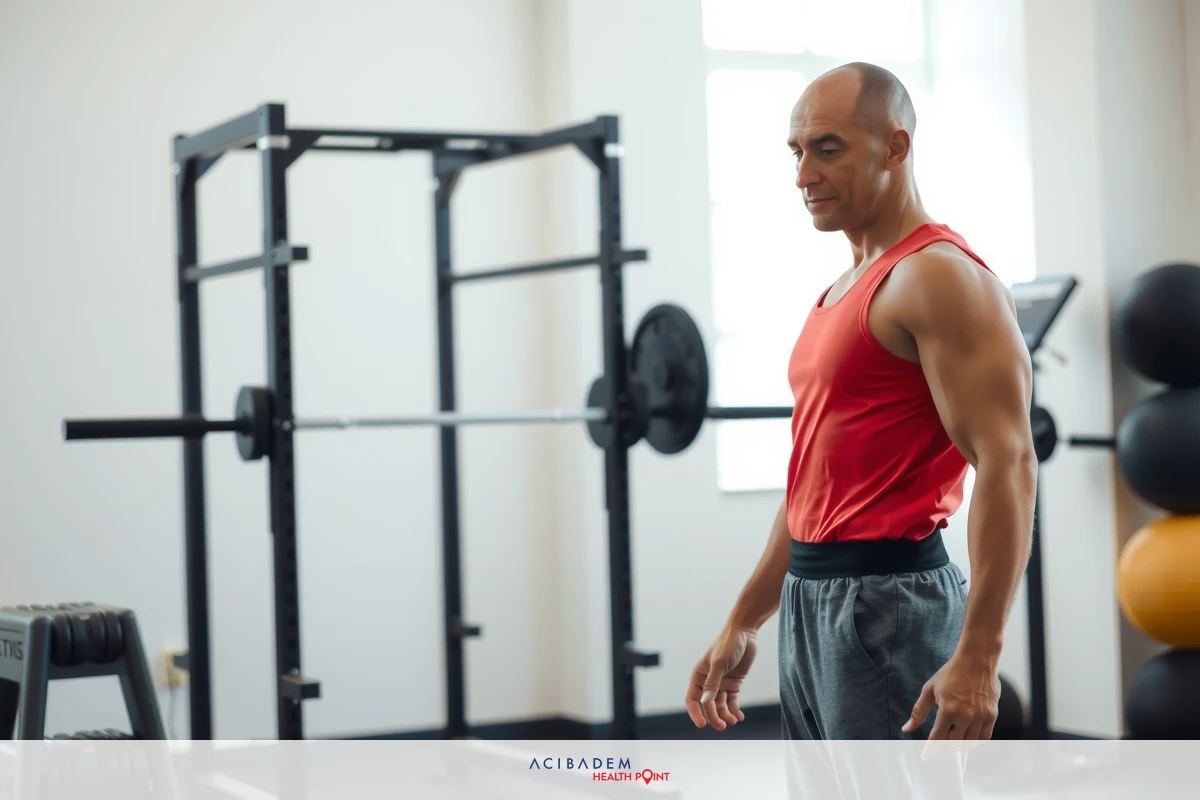How Much Can You Squat After a Knee Replacement
How Much Can You Squat After a Knee Replacement After having knee replacement it’s common to ask about getting back to your workouts. Many people wonder how much they can squat after this big change. The good news is that with time and care you can build up strength again. It’s vital to start slow and follow the advice your doctor gives you.
Your body will need time to heal after surgery so patience is key. As days pass and you feel better you may start doing more. There are safe ways for you to get stronger without putting too much stress on your new knee. Listen closely to what health experts say and make sure not to rush things.
Once healing has begun light exercises can help regain muscle power around the knee area. Over time these efforts could let you do squats once more but it’s different for each person. It’s important not just think about numbers but also focus on doing movements right which will aid in recovery.
Choosing the Right Exercises
After a knee replacement choosing the right exercises is key for your recovery. You want to build squat strength without hurting your new knee. Low-impact options are best at first. They help you get stronger while keeping stress on your knees low.
Your doctor or therapist will know which moves are safe for you to do. At first they may tell you to try things like sitting down and standing up from a chair. This simple act can be a good start on the road back to doing squats again. It helps teach your muscles how to work right after surgery.
As time goes by and you feel better more exercises can come into play. Water workouts could be one choice because water makes it easier on your joints while giving you resistance. Riding bikes is another great way to make legs strong with little risk of harm.
Once these steps help build some strength light squats might become part of what you do each day too. The goal here isn’t just about doing more but also making sure we don’t go backward in our recovery journey by getting hurt again.
Gradual Progression
How Much Can You Squat After a Knee Replacement Slow and steady wins the race especially when it comes to recovery after knee replacement. Your body needs time to adjust as you build strength back into your legs. It’s crucial not to rush this process or push too hard too fast. A gradual progression approach is wise for long-term success.
Each step should be a small increase from the last keeping injury risk low. Begin with minimal squat intensity and pay attention to how your knee feels. If there’s pain or discomfort take that seriously as a sign to ease up a bit. Recovery isn’t something you can speed through; it takes as long as needed.
As weeks pass, you might add more squats or go a little lower each time, but always check with health pros first. Their guidance ensures that every new exercise fits well within your personal rehab plan. This careful planning helps prevent setbacks which could delay overall recovery.
The aim here is building up squat strength without causing harm along the way. Think of rehabilitation like building blocks where each level sets the foundation for the next one safely and securely. This kind of mindful training leads to better healing and lasting progress in regaining full function post-surgery.

Proper Form and Technique
Getting your squats right after a knee replacement is about more than just strength. It’s the form and the way you move that really count. Keeping good alignment of your body helps make sure no extra strain hits your knees. A focus on technique can also speed up recovery because it teaches your muscles to work together.
When you squat remember to keep feet flat on the floor and hip-width apart. Your chest should stay lifted as you bend at the hips almost like sitting back into a chair. Keep those knees in line with your toes; they shouldn’t push out too far ahead or drop inward as you lower down.
And don’t forget about breathing! Take a deep breath in as you go down and breathe out when coming up. This not only keeps oxygen flowing but also helps maintain focus on moving smoothly and with control. If ever in doubt ask for help from a trainer who knows how to guide people after surgery.
Rehabilitation Tips
After a knee replacement it’s important to have a good plan for rehab. This helps you get back on your feet and moving well again. A big part of this is working on flexibility. Gentle stretches each day can help keep muscles from getting stiff.
Building strength is next in line after improving how much you can bend and move your knee. Start with exercises that don’t put pressure on the joint but still work the muscles around it. As time goes by slowly add more weight or resistance to these moves carefully watching for any pain.
Pain reduction should always be in your mind during recovery. You can do this by icing your knee after workouts and keeping it elevated when resting. Also stay true to any pain meds or therapies your doctor suggests as they know what works best.
How Much Can You Squat After a Knee Replacement: Remember not all days will feel great; some might come with setbacks or extra soreness. That’s normal so don’t let it upset you too much! Just give yourself time and stick to what helps like gentle movement rather than staying still too long which could make things tighter.
Lastly keep close contact with those guiding you through rehab like therapists or medical staff. They offer support if something doesn’t seem right or if progress isn’t coming as hoped for. Their expertise is key in making sure every step forward counts towards a strong recovery.
Frequently Asked Questions
Q:
It depends on your individual recovery but it's often recommended to wait until your doctor or physical therapist approves. They will guide you based on how well you're healing.
Always warm up before exercising and focus on maintaining proper form. Start with bodyweight or light resistance and never push through pain.
Pain, swelling, or a decrease in knee movement can be signs of pushing too hard. Listen to your body and consult with healthcare professionals if you notice these symptoms. How soon can I start doing squats after my knee replacement?
What are the best safety precautions when starting to squat again?
Are there any signs that I'm progressing too quickly with my squat strength exercises?








